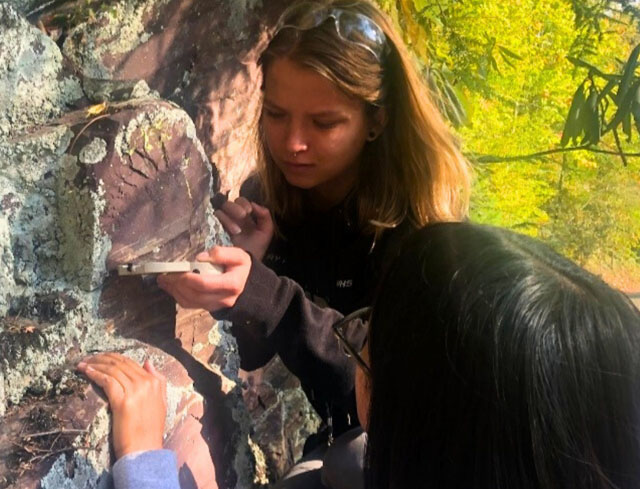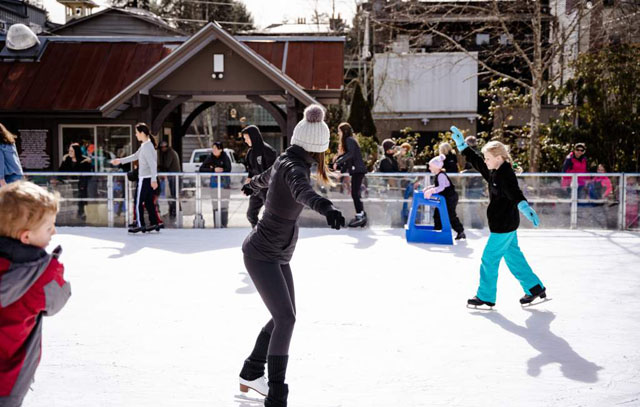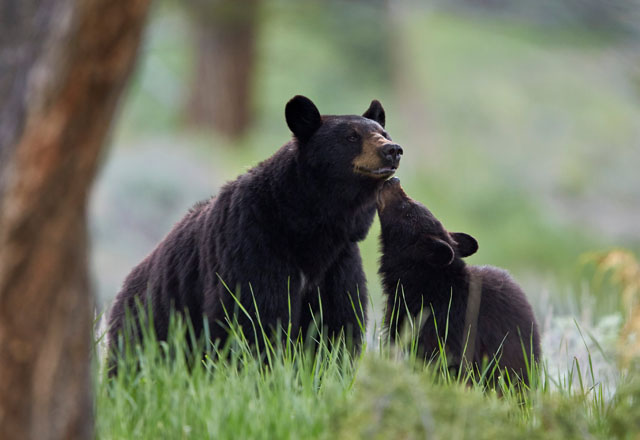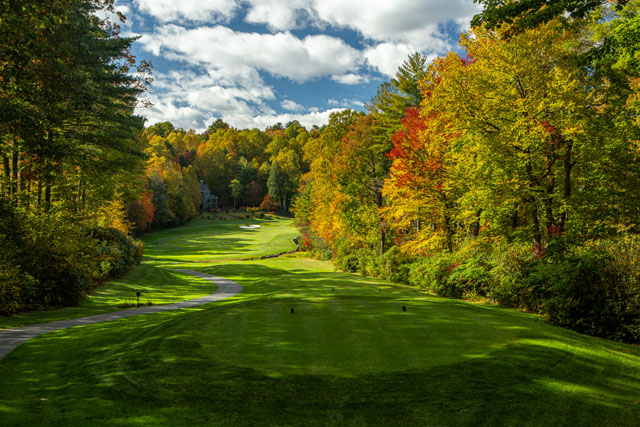Guardian of the Forest
04 Oct 2021
Shadow of the bear at Big View Overlook
By Mandy Murry
Photo by Andrew Renfro
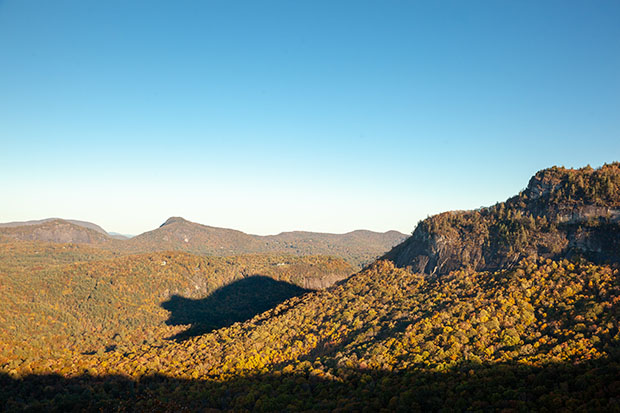
Many travel from all over to experience the spectacle of autumn colors and the welcome feel of the cooler, crisper air of western North Carolina. The beauty of our storied mountains lies not only in the magic of the four seasons but the depth of rich history as well. Each October and November, as Mother Nature displays her vibrancy of color- viewed from overlooks, hikes and even walking down Highlands’ Main Street, there is a natural phenomenon that occurs in views of Whiteside Mountain- the shadow of the bear.
In Cherokee folklore, bears were believed to be descendants of a specific Cherokee clan. Famous ethnologist, James Mooney, collected numerous stories and myths and wrote his version of the “Origin of the Bear: The Bear Songs.” In his writings, he portrays the story of a young boy from the Cherokee clan, Ani’- Tsa’guhi. In the story, a young boy ventures out into the forest to spend all day in the mountains. As time passes, he begins leaving his home at daybreak and does not return until the dark of night. The boy’s parents notice hair beginning to grow all over his body as he stops eating with the family, the beginning of his transformation into a bear. The young boy persuades his parents to follow him into the woods and live off the land, expressing, “I find plenty to eat there, and it is better than the corn and beans we have in the settlements. If you will come with me, there is plenty for all of us.” After seven days of fasting, the Ani’- Tsa’guhi tribe left for the forest and never returned, “We are going to where there is always plenty to eat. Hereafter we shall be called yanu (bears), and when you yourselves are hungry come into the woods and call us and we shall come to give you our own flesh. You need not be afraid to kill us, for we shall live always.”
This legend lends bears and forests immortality, aligning with Native American spiritual beliefs that bears are, in fact, the guardians of the forest.
As the beauty of fall graces our senses and the natural bear shadow phenomenon occurs, could it be Mother Nature’s gentle reminder of strength, courage and honoring the land?
All myths aside, the shadow of the bear draws a crowd each year. Visitors and locals alike attempt to catch a glimpse and perfect photo of the cast of the bear’s shadow. The shadow only appears for 30 minutes a day (on sunny days); therefore, proceed with caution in crowds and on the road.
According to Ran Shaffner of Highlands Historical Society, the shadow is best seen during this season during the last two weeks of October and the first week of November, beginning around 5:30 p.m. The time changes to 6:30 with the end of daylight savings time. It can be seen again from the last half of February into March.
“The best viewing is around October 21st and 22nd from 5:45 until 6:15 p.m. The bear appears at his best at 6:00 p.m. His right ear is Devil's Courthouse; his left ear, Devil's Pulpit; and his back, Whiteside Mountain. His nose projects into the Chattooga River, which courses between two ridges.”
In addition to the bear, there are actually five animals that visit the Big View on Cashiers Road during the last two weeks of October and the first week of November, and again during the end of February and the beginning of March. They appear in the order that they are numbered here:
1-Turtle
2-Bear
3-Anteater
4-Warthog
5-Rhinoceros
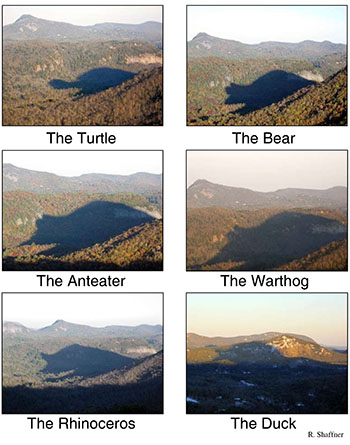
If you happen to find yourself in the area in mid-December, a sixth critter visits but only shows his head, a duck.
To see the shadow of the bear, the best place to view it is a marked overlook, known as the Rhodes Big View Overlook, along U.S. Highway 64 West between Cashiers and Highlands. There is no actual parking lot, so use caution when trying to view.
Pro-tip: The bear will only come out to show its shadow on clear sunny days.
Fun fact: The Cherokee word for bear is yona.
For more learning: Visit the Highlands Historical Society’s exhibit “Cherokee Presence: Learn of the original occupants to hunt and fish the Highlands Plateau” to learn more about the indigenous people of western North Carolina.





